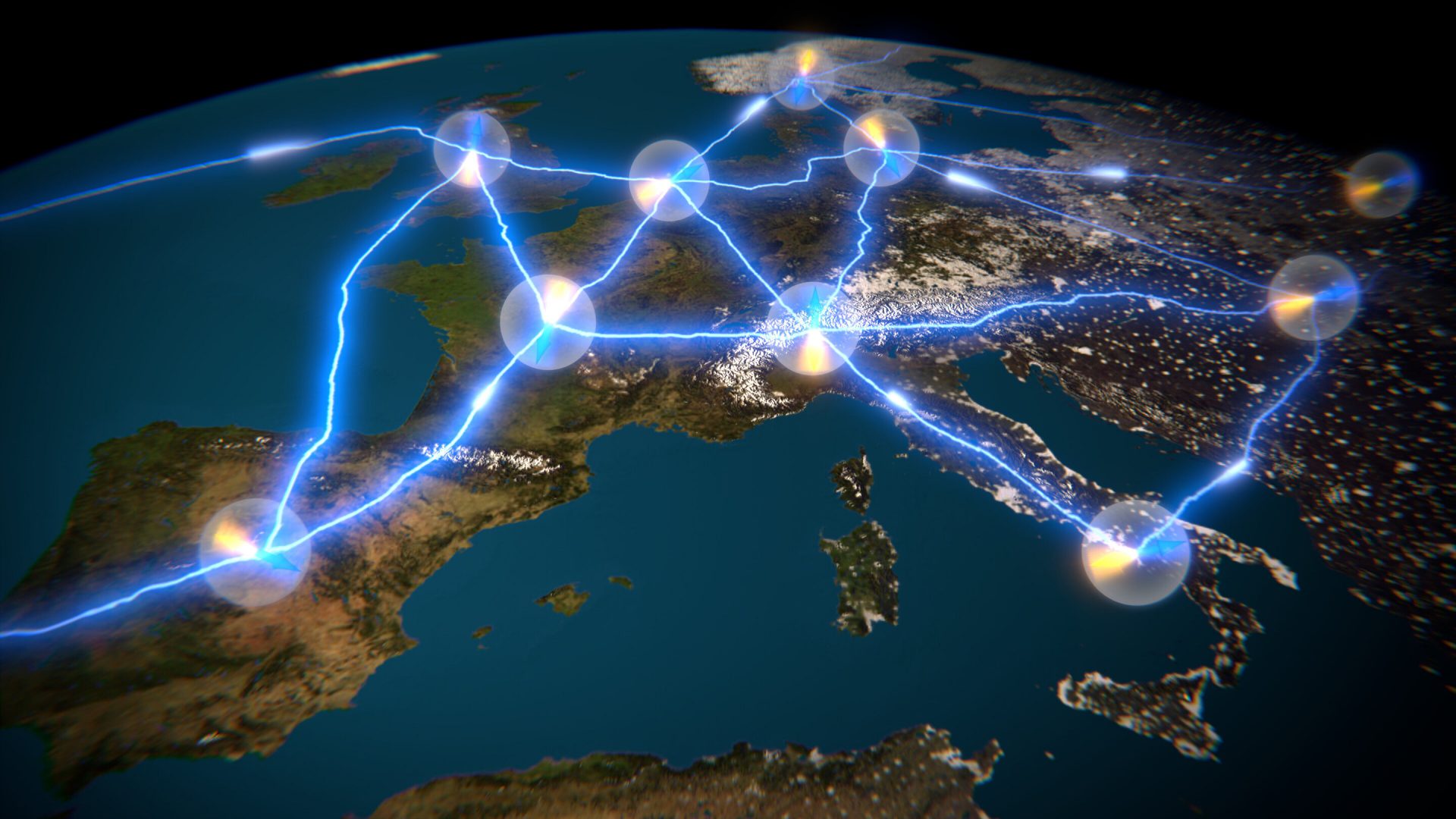
Researchers from Sorbonne University in Paris have achieved a highly efficient transfer of quantum entanglement into and out of two quantum memory devices. This achievement brings a key ingredient for the scalability of a future quantum internet.
The team at Kastler Brossel Laboratory (Sorbonne Université, CNRS, ENS-Université PSL, Collège de France) demonstrated the storage and retrieval of entangled light beams into two quantum memory devices, with an overall efficiency as high as 85%. This value constitutes more than a three-fold increase relative to prior works in the field.
The experiment involved a very elongated ensemble of laser-cooled cesium atoms and was based on the protocol called electromagnetically induced transparency. A control laser beam makes the medium transparent and slows down the impinging signal light carrying the information. When the signal is contained within the ensemble and the control beam is turned off, the information is converted into a collective excitation of the atoms, which is stored until the control beams is turned on again. The team first generated two light beams that are entangled and then mapped them into two memories following this protocol. By using specific atomic transitions and reaching a very large absorption in each memory, the researchers were able to write and read out the entanglement with unprecedented efficiency, while preserving a very low noise contamination.
The study has been published in Optica.
